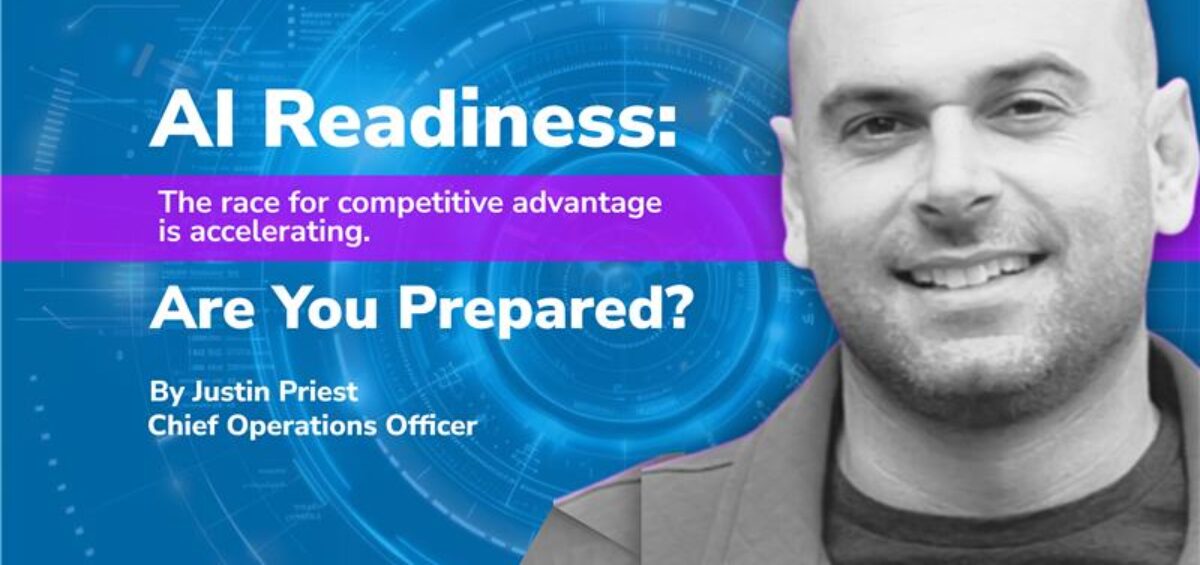When a statewide government system powering essential public services for thousands of residents each day reached the limits of its decades-old technology, leaders launched an ambitious modernization effort—transforming a 90s-era Delphi application into a modern, scalable, cloud-native platform.
ConsultNet Blog
We’re past the “should we adopt AI?” conversation. The question now is whether your organization is ready when the opportunity arrives.
Traditional consulting models are being challenged by the speed of AI. For decades, consulting followed a predictable formula: diagnose the problem, craft the strategy, hand over the deck, and move on. But that model is crumbling. AI doesn’t just change what we recommend. It changes what consulting needs to be.
IT leaders are caught in a bind. Demand for digital transformation is accelerating while access to technical talent is contracting. Budgets are under scrutiny. Timelines are compressing. And recent policy shifts have made that tension impossible to ignore.
Hiring for roles that didn’t exist five years ago is now a reality, not a rarity. AI has fundamentally altered the landscape of work, and with it, the way we think about talent.
Recent changes in U.S. H-1B visa fees are already pushing companies to rethink how they access global tech talent.
It’s Monday morning, and you’re announcing yet another “exciting opportunity for transformation.” A new AI tool rollout. Cloud migration phase three. Another restructuring to “optimize for efficiency.” Your team’s cameras might be on, but their eyes say what they won’t: they’re exhausted.
In a world where software is released hundreds of times a day, most PMOs are still approving projects like it’s 2007. We recently worked with a Fortune 500 CTO whose digital transformation was floundering.
When a statewide government system powering essential public services for thousands of residents each day reached the limits of its decades-old technology, leaders launched an ambitious modernization effort—transforming a 90s-era Delphi application into a modern, scalable, cloud-native platform.
When a nationally recognized health data company underwent multiple mergers and acquisitions, its operations became weighed down by redundant systems and fragmented workflows.










